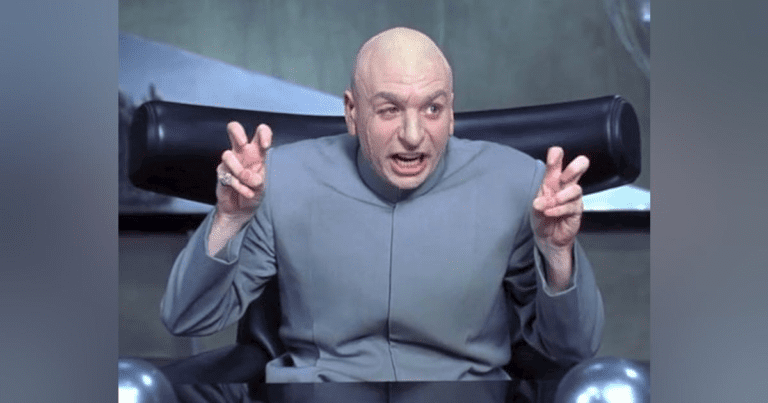In recent decades, many studies have investigated the adjunctive use of high-intensity and low-energy lasers in periodontal therapy. Although the beneficial use of diode laser therapy in studies has not provided sufficient evidence to support its efficacy as an adjunct to treatment, the bactericidal and detoxifying effects of diode laser during NSPT have been reported in several studies and its ability to produce beneficial effects in reducing pain, promoting wound healing and anti-inflammatory responses for the patient being treated for gingivitis or periodontal disease have also been duly noted.
The diode laser operates from a semiconductor embedded in a crystal and is intended for soft tissue use only.Although the biological effects of laser radiation on oral tissues are not yet fully understood, it has been suggested that low-level diode laser energy is responsible for promoting faster tissue repair and wound healing and should be noted for bio- stimulating effects.The effects of low-level laser energy at the cellular level are related to photochemical reactions within the cells, rather than through thermal effects.
RELATED: Laser Technology Overview for General Dentists
The diode laser, with a wavelength of 655 and 980, does not interact with the hard tissues of the teeth. It is used for cutting and coagulation of soft tissues and has been suggested for sulcular debridement and curettage. Recent studies have reported short-term microbiological effects using diode laser therapy, as well as patient acceptance and overall safety. The use of diode lasers also presents more ergonomic benefits for the operator (in this case, the dentist).
More than 1,000 different species of anaerobic microorganisms have been found in the oral cavity, and the majority of them adhere to any available biofilm-forming surface. In addition to oral infections caused by biofilm bacteria, these pathogens also represent a threat to systemic infections such as those found in infective endocarditis. Most cases of infective endocarditis are caused by daily brushing and flossing rather than invasive procedures. This makes eradicating the anaerobic microorganism during SPR crucial to helping patients maintain a healthy environment in their mouths in order to help their hearts.
The anti-inflammatory effects of diode laser radiation P. gingivalis it can relieve cellular stress, reduce the release of pro-inflammatory cytokines, and moderate post-treatment inflammation. Not only does the laser reduce bacteria, it can also help reduce gum overgrowth.
Wound healing and tissue regeneration is another specialty of the diode laser. Research shows that with high-frequency, low-level diode treatments, the proliferation and migration rate of human gingival epithelial cells (HGEC) were significantly increased in the first few hours after treatment.Additionally, periodontal ligament fibroblasts (PDLF) were shown to have a significant increase in proliferation in the first 24 to 48 hours, but leveled off at the 72 hour point.This is beneficial during the wound healing process in healing due to the primary intention of creating a shorter cross-epithelium and causing less apical migration.
Not only does diode laser positively affect PDLF, but it also affects stem cells. Stem cells taken from the pulp of a permanent tooth were shown to be able to differentiate into osteoblasts, fibroblasts and cementoblasts: all periodontal tissues needed to repair dental wounds. When placed under a microscope after toll laser treatment, there was increased cell proliferation in fibroblasts, endothelial cells, osteoblasts, epithelial cells, and lymphocytes. There is also evidence of proliferation of mesenchymal stem cells, bone marrow and adipose tissue, but this was not the focus of the study.
When a diode laser with an appropriate wavelength irradiates a targeted location, the energy is then absorbed and produces heat. The diode laser has been used to irradiate at the lowest possible output level without hindering its functionality in every clinical trial.
Clinical research studies have pointed out these errors: not taking into account that certain health risks could have a significant negative effect on the final results, such as smokers (tobacco), drinkers (alcohol) or drug users (legally prescribed or illegal on the street). Those diagnosed with systemic disease or those who are immunocompromised have an increased negative effect on treatment due to delayed or impaired healing capacity and increased risk of infection. in addition to which SRP was performed in both control and test groups in all reviewed research studies shared in this review, leading to the possibility that SRP may have masked the additional benefit of PAD (photo-activated disinfectant) LED ( light-emitting diode).
Reviews and clinical studies performed with SRP alone compared with SRP with DL show that many factors could compromise periodontal treatment.
Another form of potential clinical error arises from research studies conducted in a cleft-mouth setting. This is mainly due to the possibility of cross-contamination in each person’s mouth.
In conclusion, diode laser used in conjunction with SRP enhances wound healing, reduces gingival bleeding, inflammation, and pocket depths, reduces bacterial populations at the surgical site, and results in faster healing and less postoperative pain.It has been shown that SPR and laser therapy were better for patients than SPR alone and its results are evident up to six weeks after treatment.
Laser therapy should be used as an adjunct to therapy and not to replace mechanical intervention.
Vanessa Pavicic and Heidi Weber recently graduated from the dental hygiene program at Collin College in McKinney, Texas.


